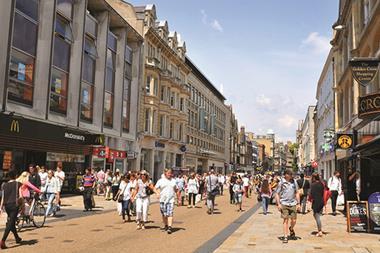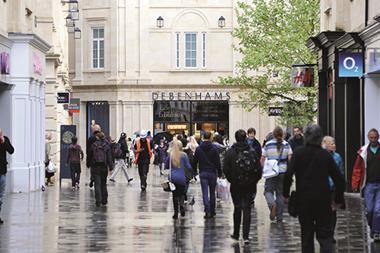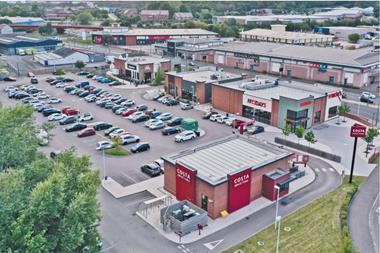The disappearance of well-known retailers from the UK’s high streets is affecting the commercial real estate market not just in terms of operators but lending.

The fundamental changes in the retail sector are affecting real estate investment funds as well as lenders. House of Fraser is a huge retailer that has announced it is cutting its existing leases by 25%. Retail rents are falling and landlords have to increase tenant incentives, making it more difficult for fund managers to deliver investment returns for retail portfolios.
Some investors still believe in short-term headwinds, but the sector is shifting fundamentally. Lenders commented in the latest Cass Lending Survey that they were not willing to lend to regional or secondary shopping centres or high-street retail property in a regional city. This is especially the case for a shopping centre that already has more than 15% vacant retail spaces, which will quickly deteriorate further in value.
Find out more - Data reveals details on House of Fraser store closures
Of course, for some investors these will be investment opportunities, but turnaround strategies are highly risky and investors should question their fund managers’ capabilities before investing.
Lenders still have £25bn of debt outstanding to the retail property sector, representing approximately 20% of the secured real estate debt market in 2018. About one third is held by UK Clearing Banks and matures within the next four to five years. Banks have been reducing the amount they have been lending to the retail property sector since 2007, when the total outstanding debt to retail property was £55bn.
Aside from dealing with insolvency and potential loan payment issues, the biggest impact will come from the deterioration of credit of these big retail names and reductions on leases, which will lead to a ratings decline under weaker slotting of these loans, which means an increase in risk capital from 70% to 250%. This will make the loan more costly for the bank.
































No comments yet